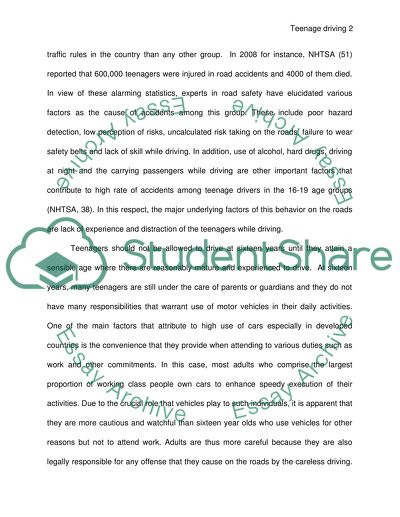Cite this document
(“Why Teenagers Should not be Able to Drive at 16 Research Paper”, n.d.)
Retrieved from https://studentshare.org/nursing/1427192-why-teenagers-should-not-be-able-to-drive-at
Retrieved from https://studentshare.org/nursing/1427192-why-teenagers-should-not-be-able-to-drive-at
(Why Teenagers Should Not Be Able to Drive at 16 Research Paper)
https://studentshare.org/nursing/1427192-why-teenagers-should-not-be-able-to-drive-at.
https://studentshare.org/nursing/1427192-why-teenagers-should-not-be-able-to-drive-at.
“Why Teenagers Should Not Be Able to Drive at 16 Research Paper”, n.d. https://studentshare.org/nursing/1427192-why-teenagers-should-not-be-able-to-drive-at.


